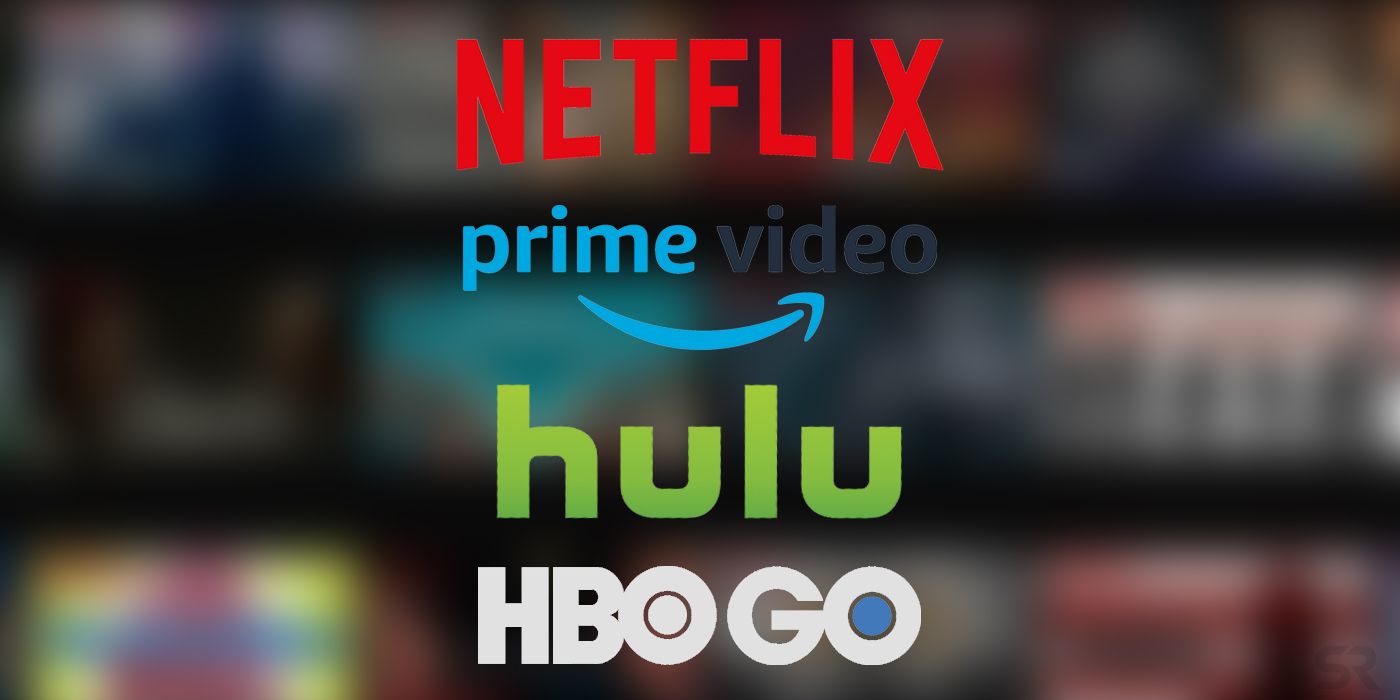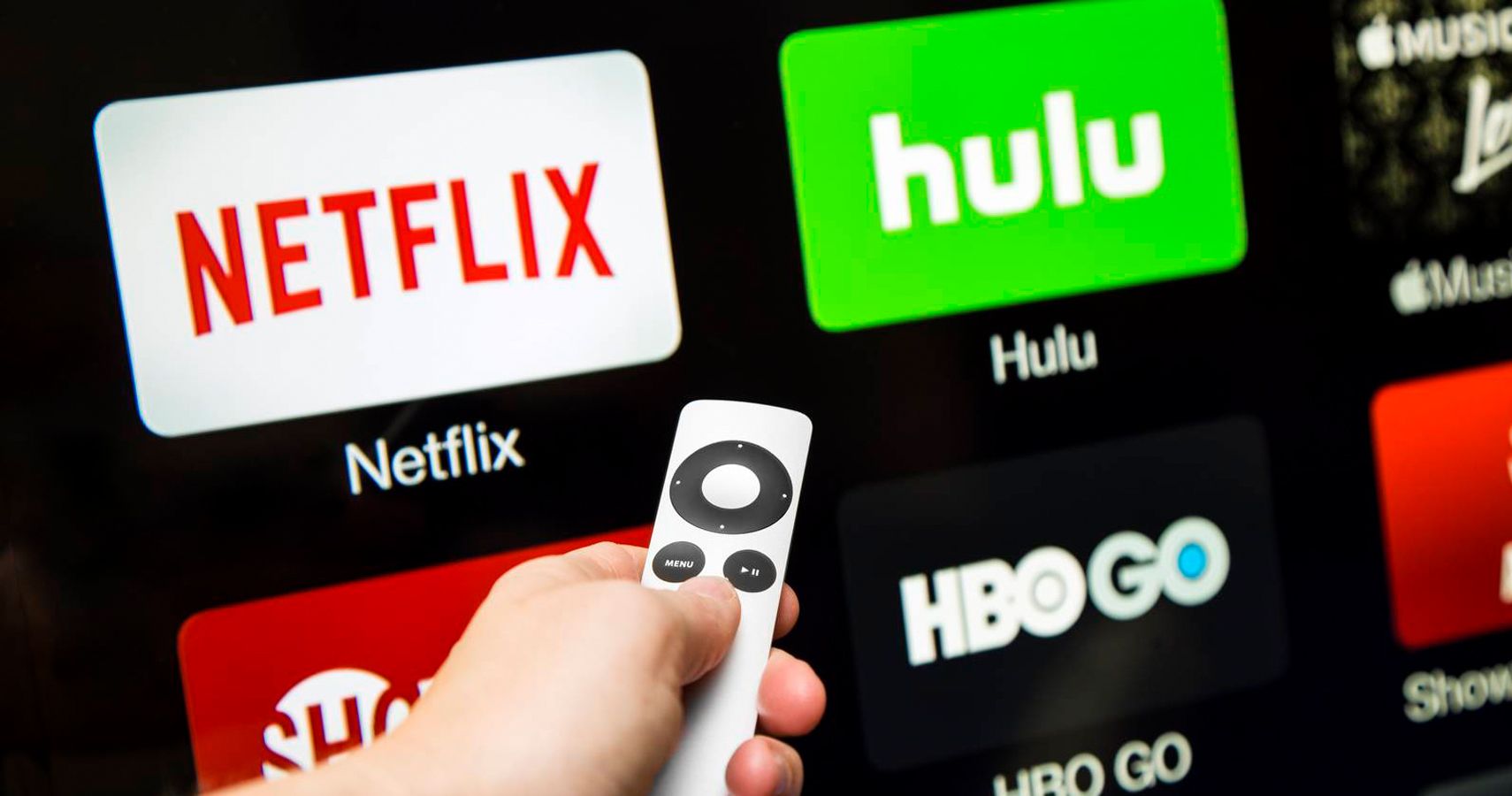According to Deloitte’s annual Digital Media Trends survey, 47% of consumers believe there are too many streaming services. The statistic implies that nearly half of U.S. consumers are struggling to juggle subscriptions and left with a plethora of options to choose from, including Netflix, CBS All Access, Hulu, Amazon Prime Video, YouTube Premium, HBO, Sling TV, and Showtime. Recently, Disney and Apple have also thrown their hat in the ring, announcing their upcoming additions to the streaming service frenzy.
In 1997, consumers paid a monthly fee to Netflix to have an unlimited amount of DVDs sent to their homes in a red envelope. The red envelopes would evolve into a streaming service launched in 2007. In 2013, Netflix took another step forward and premiered its first original show, House of Cards. Netflix paved the way for other streaming services and led to the decline of video rental stores, leaving one Blockbuster Video left open on Earth. The streaming giant still stands strong but has faced perils, including the recent raising of subscription prices, ending their partnership with Marvel, and tough competition. Netflix's success has led to the formation of multiple streaming services, and consumers feeling overwhelmed.
Related: Friends Likely Leaving Netflix After Warner Streaming Service Launches
According to Variety, instead of basking in an array of choices, almost half of consumers are frustrated with the increasing number of services. Consumers are stating that multiple streaming platforms are required to watch what they want. Kevin Westcott, Deloitte vice chairman, has said of the study: “Consumers want choice - but only up to a point. We may be entering a time of ‘subscription fatigue’.” The study also revealed that a staggering 57% are upset when content is canceled or vanishes - which can happen without warning. Netflix subscribers have recently experienced the cancellations of The Punisher, Jessica Jones and One Day at a Time. The number of frustrated consumers may grow this year with the launch of Disney's and Apple's streaming services. The libraries of Netflix, Hulu and Amazon Prime Video could also change if those companies pull the shows they had licensed.
Per Deloitte’s study, the average U.S. consumer is registered to three different subscription services. The key to subscription service success is in their original programming. There are several consumers who'll pay the price for just one show and find the rest merely a bonus. Smash hits such as Stranger Things, The Handmaid's Tale and Jack Ryan have caused 57% of consumers to flock to its parent streaming service to subscribe. CBS All Access has recognized this working formula, and has picked up the highly anticipated Twilight Zone.revival, in addition to its prior hit Star Trek: Discovery.
Streaming services have come a long way from the days of a DVD in a red envelope. However, the growing number of subscriptions are causing a growing number of frustrated consumers. With each new streaming service added, the more the platforms are starting to appear merely as channels on a TV set. Once blooming relationships between networks have become a competition in the attempt to claim shows and develop original content. While the price of subscribing to a few different streaming platforms beats the cost of a cable package, with each emerging service, it may be only a matter of time before the average consumer finds themselves spending more money. At that point, consumers may start to wonder why cable television and their DVR device became obsolete in the first place.
NEXT: GOOGLE'S STADIA IS NETFLIX FOR GAMES
Source: Variety


